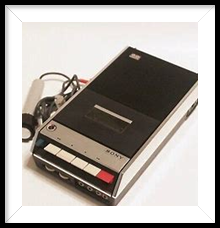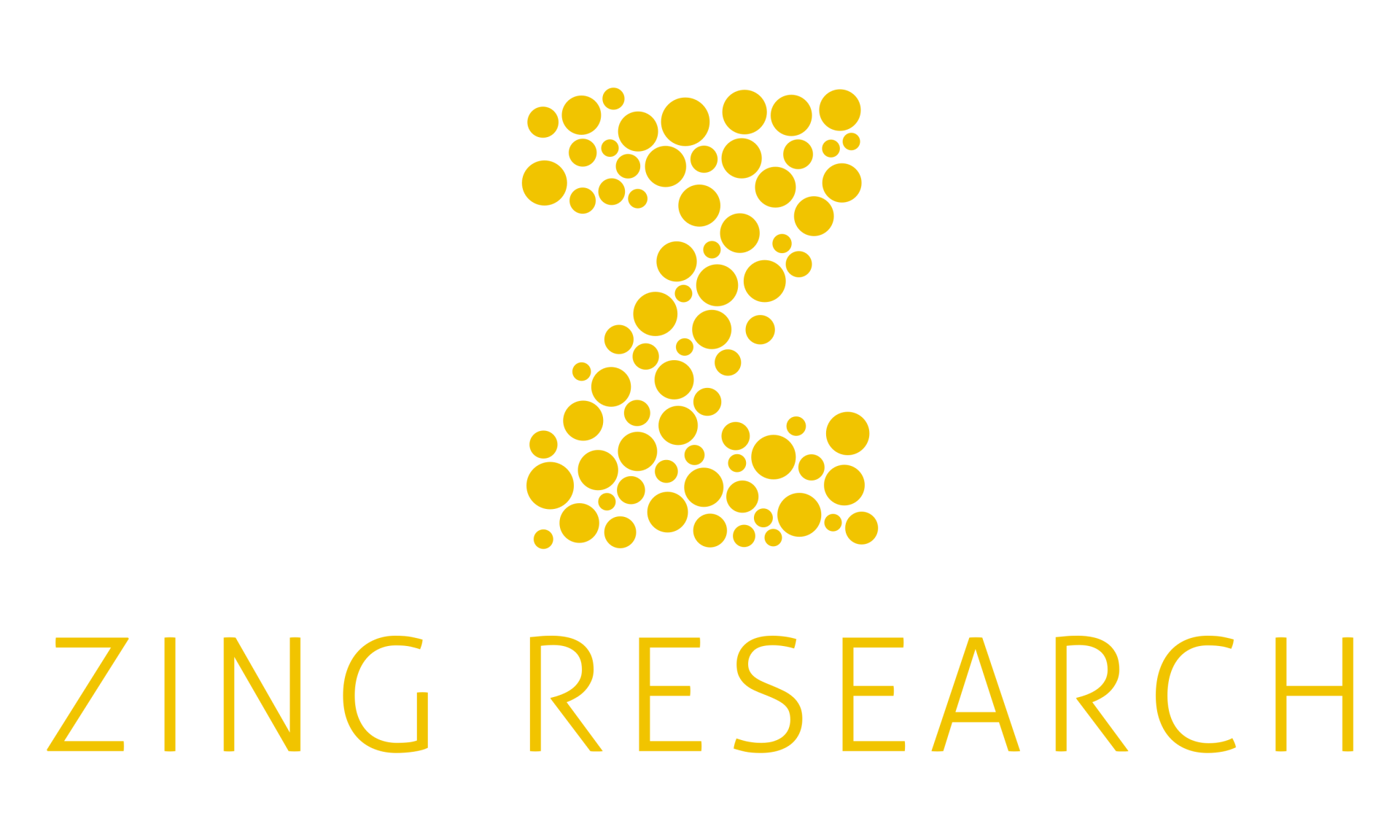Tech-turbocharged: Unleashing the Power of Technology in Market Research
Unleashing the Power of Technology in Market Research

As 2023 marks my 30th year in research, (I started out young!), it’s quite eye opening to reflect on the industry and how technology has transformed our profession.
With increasing innovation entering the MR space, and of course, the recent buzz around the potential of AI such as Chat GPT and Bing AI Chatbot, it’s startling to think of how we coped with limited technology in the 1990’s.
Here are some enlightening stories about then and now in market research:
In the 1990’s capturing Data for Quantitative surveys relied solely on interviewers standing on the street, within a store or knocking on doors with a paper questionnaire and pen. The infamous ‘clipboard’ became the symbol for market researchers and a red flag for some members of the public to turn and run in the opposite direction. It was a tough job that required lots of resilience. Nowadays, most Quant surveys are conducted online, and the clipboard is only known as a tool for cutting and pasting from documents.
Focus groups were conducted in recruiters’ homes, with the moderators ‘kit bag’ filled with small envelopes of cash incentives and a rather large tape recorder that resembled a large brick and weighed about the same. There were no cameras involved unless you booked a viewing facility, where clients could sit in and observe via a two way mirror. Whilst the traditional viewing facility still exists, I’d imagine the decline of f2f focus groups has significantly impacted on frequency of use. Now clients can sit comfortably at home whilst dialling in to Zoom groups – they may miss out on a takeaway, but they don’t have to be away from home for 14 hours in a day.
Thankfully, moderators no longer need a security guard to escort them around with large wads of cash incentives, as we move to digital payments, although the leftover incentives, or magic fivers as coined in one agency I worked in, were one of the perks of the job for some!
Whilst certain projects still require f2f interviewing, in most cases researchers can build a rapport and get a group into the ‘performing’ stage in a digital context. For participants, there is much less anxiety in engaging in a digital group, not having to go to another location and sit in with a group of strangers who may or may not share similar views. It takes a lot of confidence to vocalise one’s own true feelings and opinions in that type of setting and that can often be overlooked.
If you didn’t have hours on end to listen back to groups, typists were used to provide transcripts which you then had to examine and mark up with your trusty set of highlighters. Now we have AI tools like Zoom and Otter that can provide transcripts in an instant. Are they perfect? Well, no – they are often a constant source of amusement turning innocent statements into something odd, sexual or downright devious but even at 85% accuracy they are still very usable.
Presentations took extra time to allow for acetate printing for use on projectors, and God help you if you spotted a last minute typo. We moved on to using our own projectors which were the size of a large printer in the early days. Now we can rock up to debriefs light-handed with just ourselves or at the very most with a light laptop to hand. We may not even need to leave our home office.
Ethnography would have involved ‘living in’ with research participants to observe their behaviour in a natural environment, although I was never convinced that it was too natural having a stranger watch your every move. Nowadays there are an array of recording devices and online ethnographic platforms and tools that are much less intrusive. All in all, these tools have made a significant impact in addressing the ‘real vs reported’ issue present in research, where consumers often don’t really understand their own behaviour as they operate daily tasks such as commuting or grocery shopping in autopilot or what our industry now knows as System 1 behaviour.
Looking at Market Research today it is exciting to have a lot of these tools and digital capabilities to hand to better understand consumers, increase client and agency collaboration, and to make projects more efficient in general. However, there are still ‘bottlenecks’ in the research process that technology is yet to overcome, such as charting – with the magic wand still being elusive here.
As a freelance research consultant, with the huge swing to digital, at times I can feel a bit like Sandra Bullock in ‘The Net’ film – holed up in a small office, with the pizza delivery man being the only company, and who might now be replaced by a drone (a bit dramatic as I do have a family, but you get the gist). It would be nice to find more of a balance of f2f and digital, and there is nothing quite like a f2f workshop session with physical stimulus and breakout groups.
In summary, we have welcomed all these technological advancements as a positive step forward for the Market Research Industry. Of course, there are always winners and losers when technological advancements come into play, but I for one will keep on embracing each one, and see them as a way forward for a better work/ life balance. I’m all for efficiencies, so if Chat GPT can help me write up a strong proposal or discussion guide, then bring it on. In fact I used Chat GPT to come up with a snappy name for this blog, saving me some time on procrastinating over titles.
I think my 30 years in research can still add a lot of value and richness at all stages of the research process, particularly in terms of really understanding human behaviour and how brands should interpret all available information, turning data and insights into actions that strengthen their strategic plans.
Does 30 years as a market researcher make me better than those with less experience? Absolutely not.
However, it is a myth that more mature researchers are averse to technology – the above clearly demonstrates that we have been embracing technology for the last 30 years, and we don’t intend to stop now. Our experience in adapting, adjusting, and using technology to our advantage only makes us stronger.
